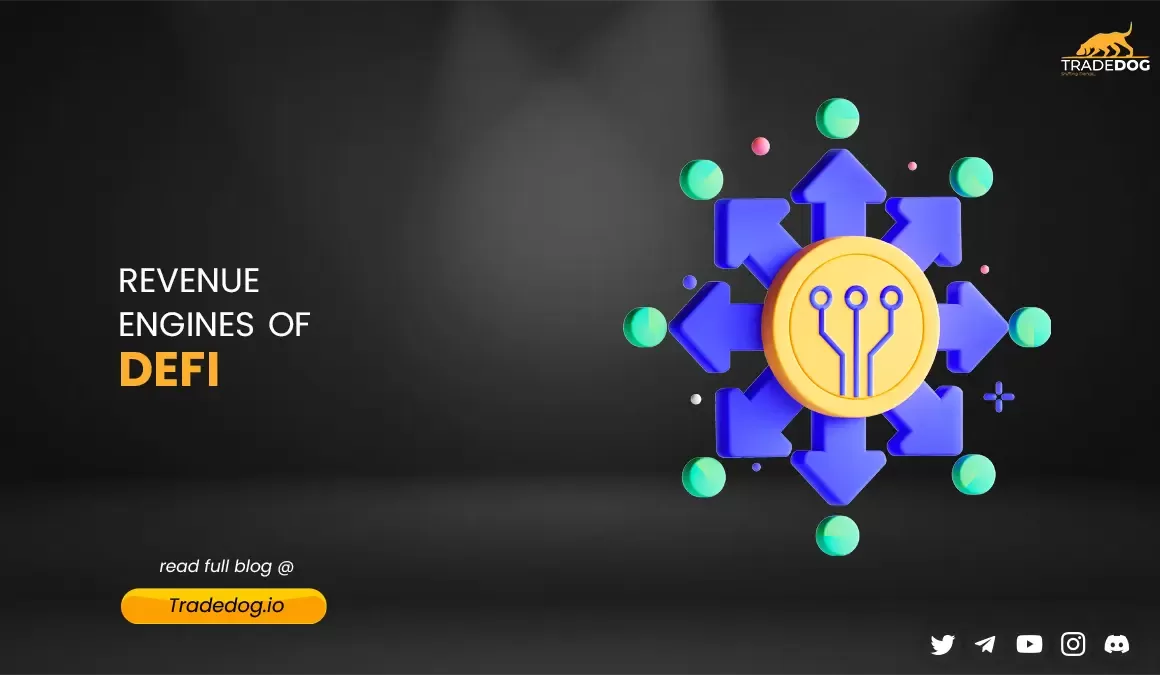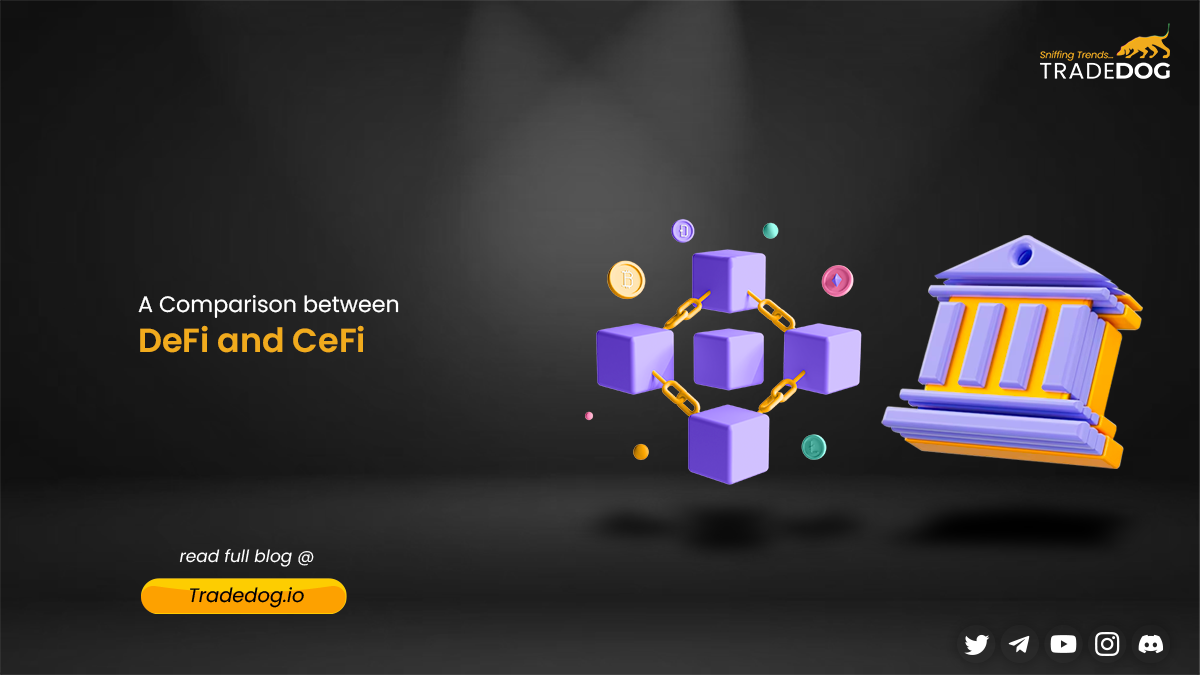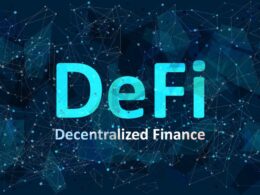Quick Links
DeFi refers to a new aspect of finance that removes the need for a central intermediary to manage or control financial transactions. These DeFi solutions are based on smart contracts, providing integrity and security in the transaction. While some of the protocols are community driven and non-profit, most of them operate for profit. And like companies in the traditional business setup, they need profit too to survive.
There are some specific purposes for which it becomes even more critical for DeFi protocols to generate revenue-
- Sustainability: Like a traditional business, revenue generation is critical for operating a DeFi protocol. Revenue helps cover operating costs, ongoing development, and security expenses. This helps in maintaining further operations on the protocol.
- Incentive for Development and Improvement: Revenue generation induces the willingness of DeFi protocols to invest in research, development, and innovation. This attracts new users and keeps the platform competitive in the rapidly evolving crypto space.
- Security and Auditing: Building a secure DeFi protocol requires frequent security audits and updates to check for vulnerabilities. Thus, revenue is needed to arrange for funds to fund these audits to build a reliable platform.
- Community Incentives: DeFi and the Web3 ecosystem depend on community participation and rewarding ability to function. Active participants in the governance decisions are incentivized through token rewards.
It has become evident that DeFi needs to generate adequate revenue to function effectively and efficiently. But before understanding the various avenues through which DeFi protocols generate revenue, let’s take a quick look at a few of the sectors that DeFi operates in:
- Lending and Borrowing Platforms: One of the foremost sectors DeFi operates in is lending and borrowing, an area traditionally the most critical sector for traditional institutions. Lenders provide funds into the liquidity pools, which borrowers can access at specific rules and conditions including borrowing rate of interest.
- Decentralized exchanges-Decentralized exchanges(DEXs) work without a central intermediary. They allow for peer-to-peer transactions between the seller and the buyer. They depend on a smart contract to execute transactions.
- Liquidity Pools-In liquidity pools, users deposit their tokens into a large pool to contribute to the blockchain’s liquidity and facilitate smooth transactions. They are an essential part of Automated Market Making platforms and facilitate peer-to-contract transactions removing the need for the order book mechanism.
DeFi Protocols: Revenue Streams
Knowing the various DeFi protocols, we are now ready to understand how different DeFi protocols generate revenues:
Transaction Fees
Many DeFi protocols charge users a small fee for each transaction they execute on the platform. These fees might be paid in the native token of the protocol or stablecoins. Examples include:
- Trading fees on decentralized exchanges (DEXes) like Uniswap.
- Lending and borrowing fees on lending platforms like Compound.
- Gas fees on Ethereum-based protocols.
Protocol Governance
Some DeFi protocols have a governance mechanism that allows token holders to participate in decision-making processes. Users may need to hold a certain amount of the native token to have voting power. The protocol might charge fees for specific proposals or changes, and these fees contribute to the revenue.
Liquidity Provider (LP) Fees
On decentralized exchanges like Uniswap and SushiSwap, liquidity providers deposit assets into liquidity pools and earn a portion of the trading fees generated by the platform. These fees are distributed proportionally to liquidity providers based on their contribution to the pool. The platform then charges a cut of some percentage used for platform building.
Flash Loan Fees
Flash loans allow users to borrow assets without collateral if the loan is repaid within a single transaction. Protocols like Aave charge fees on these flash loans, which serve as a revenue source for the platform.
Interest Rate Spreads
DeFi lending platforms often generate revenue by taking a spread between the interest rates charged on loans and the interest rates paid to lenders. The difference serves as the platform’s profit.
Asset Management Fees
Some DeFi protocols operate as decentralized asset management platforms where users can invest their funds in various strategies. These protocols may charge management fees on the assets under management (AUM).
Insurance Premiums
DeFi insurance protocols provide coverage against smart contract failures or hacks. Users pay insurance premiums to get coverage, contributing to the protocol’s revenue.
Partnerships and Integrations
DeFi protocols might collaborate with other projects or integrate with external services, earning referral fees or sharing some revenue generated from such collaborations.
DeFi Revenue Generation Case Studies
AAVE
AAVE is the pioneer of DeFi revenue generation. It is a decentralized protocol that lets users borrow and lend cryptocurrencies and real-world assets. AAVE charges a 0.00001% transaction fee and keeps the interest spread between the interest charged and the interest paid. There is a 0.09% flash loan fee on the amount borrowed to be paid by the borrower. Its 1-year revenue is approximately $28.5 million.
Uniswap
Uniswap is an AMM operating on the “constant product market maker model.” It generates its revenue through protocol fees which the token holders can turn on through its governance model. It has three tiers consisting of 0.05%,0.30%, and 1%, depending on the exotic level of the trading pair under consideration.
Convex Finance
Convex Finance is a decentralized finance (DeFi) protocol that operates on the Ethereum blockchain. Convex Finance is designed to optimize and maximize yield opportunities for users staking their assets in various liquidity pools. It levies 3-15% fees on Staker rewards, treasury fees of 0-2%, and 0.1-1% “caller” fees.
Liquidity
Liquidity is a decentralized borrowing platform that lets you borrow 0% interest loans using Ether as collateral. The mode of revenue generation for them is the fees they charge borrowers for borrowing in the form of LUSD, a native stablecoin pegged to the USD, and the redemption fees in the form of Eth at the time of redemption.
Conclusion
Thus, revenue generation is highly critical for DeFi protocols. DeFi is a continuously evolving space; therefore, the protocols need funds to constantly develop and keep pace with the latest trends.













